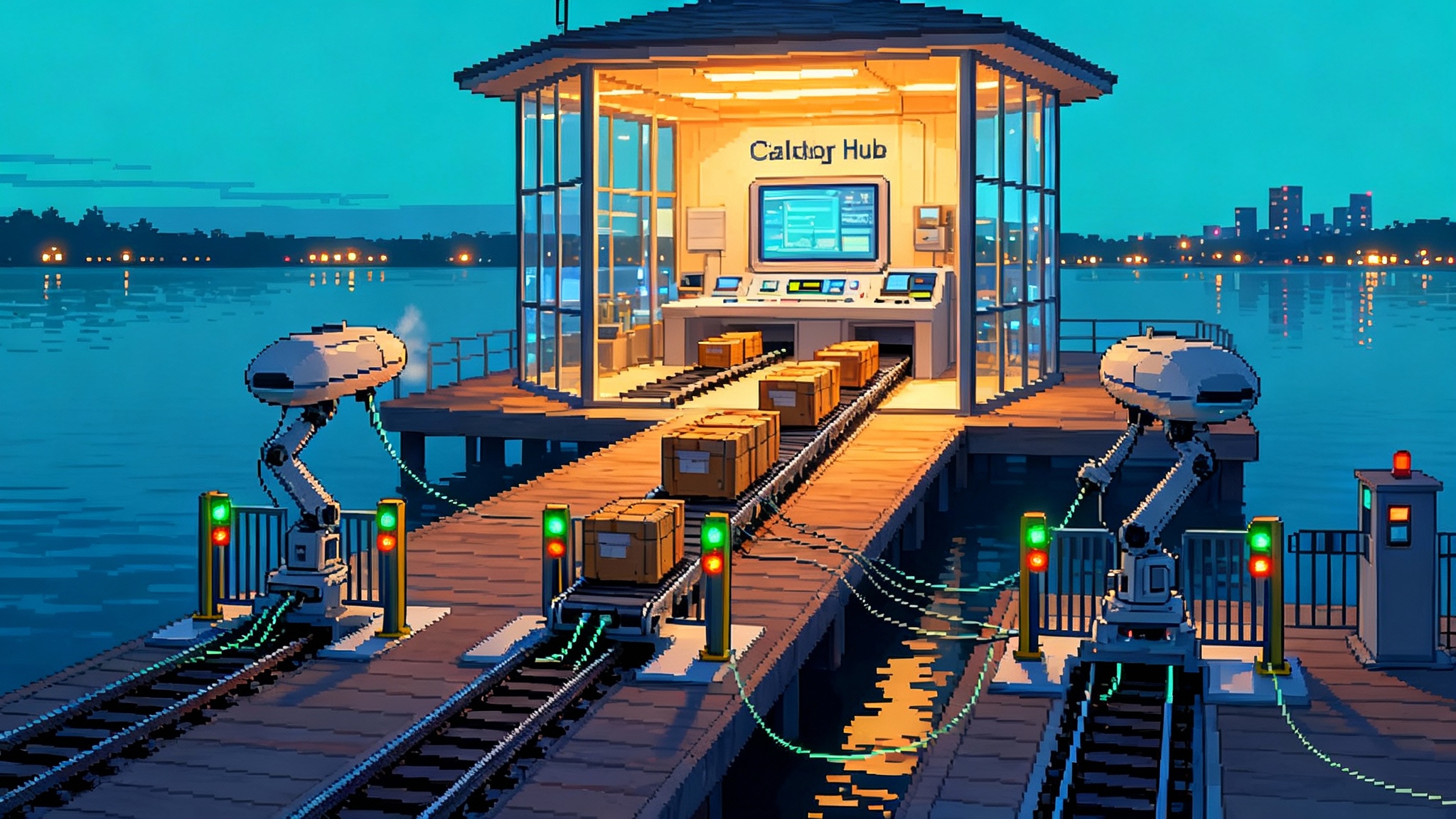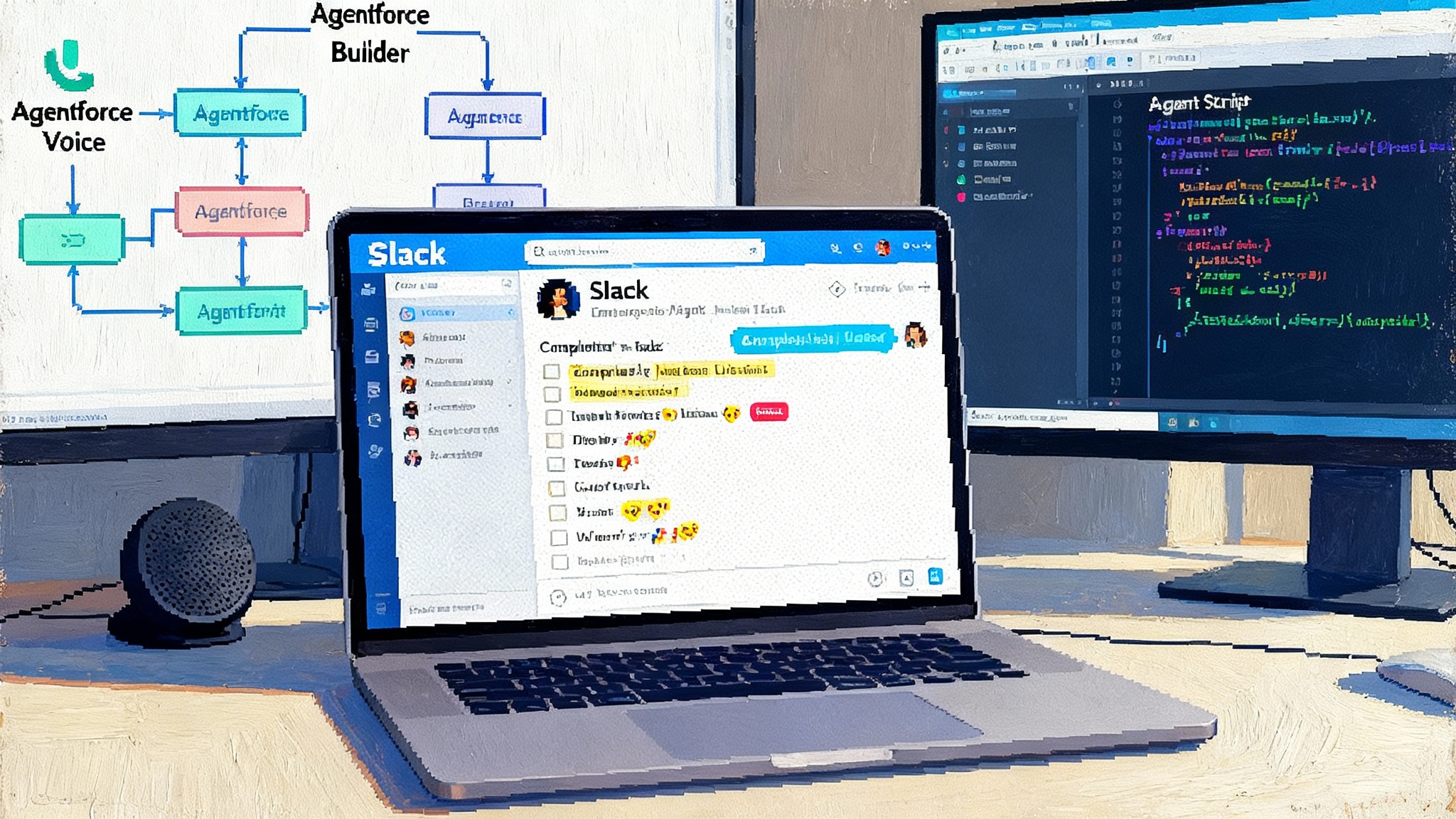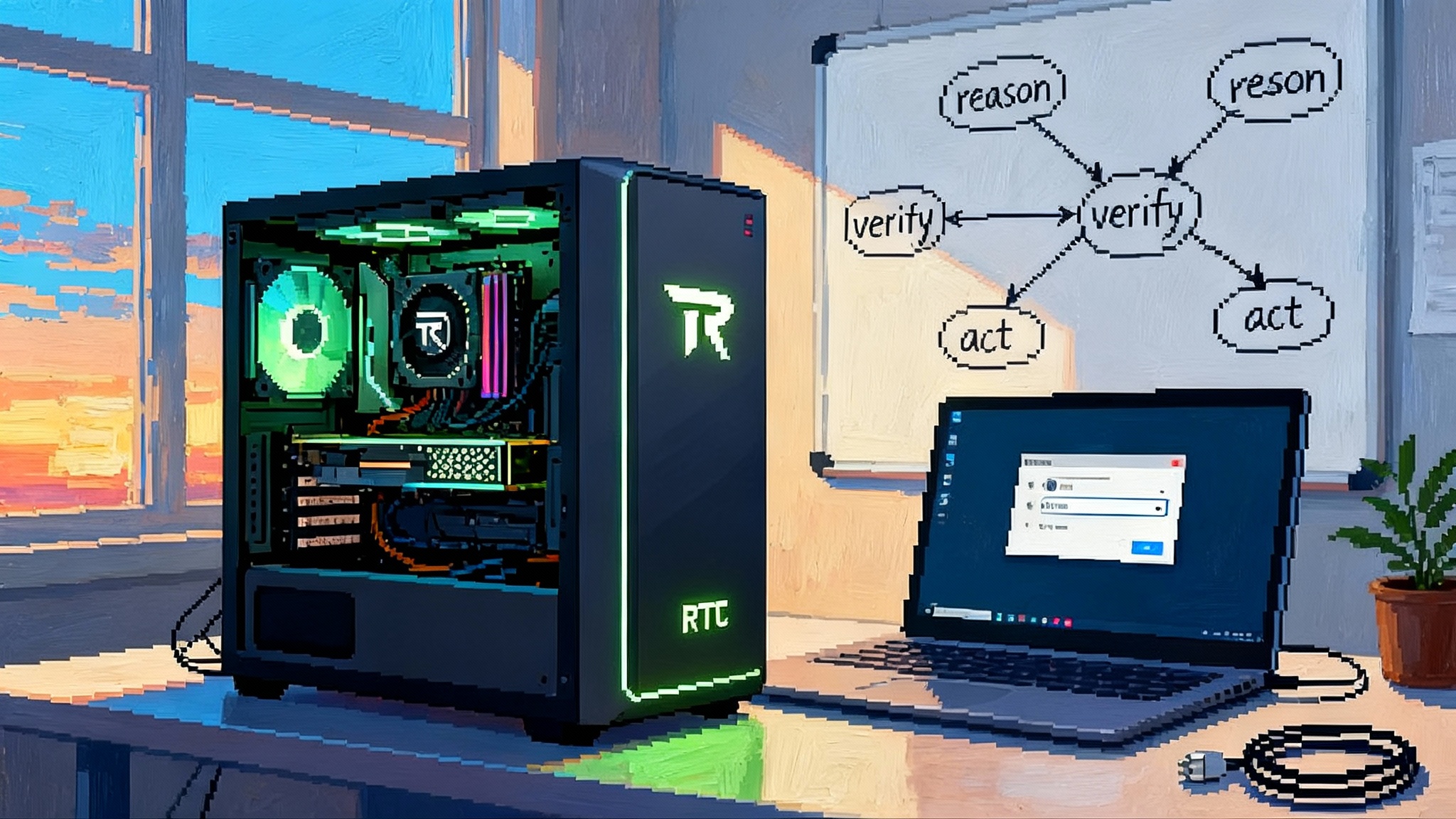Devin at $10.2B: AI software engineers join headcount
Cognition’s Devin crossed from demo to deployment in late 2025. With a $10.2B valuation, the Windsurf acquisition, and enterprise features like persistence, rollback, and an agent-native IDE, engineering leaders can budget, govern, and staff agents alongside people in 2026.

The moment AI agents became headcount
In September 2025, Cognition confirmed its place among the most valuable AI startups when it completed a $10.2B funding round. Two months earlier, it signed a deal to fold Windsurf’s agentic integrated development environment into its stack, adding a mature enterprise code editor, a large installed base, and an experienced go-to-market team. You can read the company’s description in these Windsurf acquisition details. Taken together, that capital and capability have shifted the debate from whether autonomous coding agents work to how to budget them, govern them, and staff alongside them. This mirrors the broader push toward an enterprise interop layer for agents.
If you need a single signal that the hype cycle has flipped, it is this: managers are putting agents on spreadsheets next to human headcount. They are asking for forecastable costs, clear performance metrics, and a pathway to safe deployment inside a virtual private cloud. The conversation has moved from experimental benches to production floors.
The enterprise-grade upgrades that matter
Several product changes over the last few quarters turned Devin from an impressive demo into a system that fits real-world software delivery.
- Persistence that fits real work. Sessions that once expired now sleep and resume, so an agent can pick up a plan the next morning with its context and state intact. That sounds small, but it removes a subtle tax that made agents feel like toys rather than teammates.
- Practical rollback via snapshots. Teams can capture a known-good machine state before a risky change, then restore if needed. Combined with standard branch discipline and pull requests, rollback becomes a routine control rather than an emergency procedure.
- An agent-native IDE. Devin 2.0 brought an integrated, cloud-hosted workspace that lets you watch the plan, interject, and take the wheel when desired. Think of it as a cockpit with clear dials for Task, Plan, Work Log, Pull Request, and Summary.
- Multi-agent orchestration. Manager agents can split repetitive tasks across worker agents, then merge results into a single branch, using governed agent building blocks to keep control tight.
- Enterprise deployment choices. Many companies will start with software as a service for speed. Others will point Devin’s development boxes at their own virtual private cloud for isolation, audit, and data residency. Both options now exist with identity provider integration, fine-grained repository permissions, and audit logs.
The Windsurf acquisition matters here too. It gives Devin a familiar home in the daily rhythm of development. Engineers live in editors. Bringing agent planning, execution, and review into an editor experience reduces context switching, cuts coordination overhead, and makes adoption feel like an upgrade rather than a parallel universe.
From tool to teammate
A physical analogy helps. Imagine a warehouse that once relied on hand carts. Early robots arrived as flashy demos that carried one box slowly across the floor. Useful, but not staffing material. Now picture robots that understand your shelving map, talk to your inventory system, and recover from a stalled aisle by trying another route. At that point you do not debate whether to hire robots. You assign robots to shifts, give them routes, track their throughput, and put supervisors over them. Software is arriving at that stage.
Where do agents fit today without turning quality into a coin flip?
- Backlog sweepers: converting small tickets into first-draft pull requests across many projects.
- CI and lint remediators: waking on failures, applying obvious fixes, and pushing updates without paging a person.
- Structured migration work: renaming interfaces, upgrading dependencies, or shifting to new internal libraries that follow repeatable patterns.
- Documentation and examples: generating initial wiki pages and runnable samples, then refining them during review.
Each of these is bounded work. Humans still review merges, design interfaces, and arbitrate tradeoffs. The agent moves keystrokes and boilerplate out of the way.
A practical enterprise playbook
Below is a concrete rollout plan you can hand to an engineering operations lead and a platform security lead. It assumes a 200-person engineering org with roughly 100 active repositories, many microservices, and a mix of compliance needs across product lines.
1) Scope repository access like a staffing plan
Start with the principle of least privilege, enforced through your source control provider and mirrored in your agent platform.
- Create a dedicated agent organization group per domain team. Bind each group only to the repositories that team already owns.
- Use read for discovery, branch write for pull request creation, and avoid direct push to default branches.
- Block secrets in code with pre-commit hooks and server-side checks. Store credentials in the agent’s secrets manager and rotate through your company key management system. Turn on redaction in logs by default.
- Require code owners on high-risk paths so an agent cannot accidentally merge sensitive changes without human eyes.
Why this matters: the single most common early failure is over-scoping. When agents see the entire company monorepo on day one, they wander. When scope resembles a new hire’s access, they focus.
2) Choose SaaS or VPC for the right reasons
- Choose software as a service when your primary need is speed to value on low-risk repos. This suits internal tools, front-end work, and teams without strict data residency rules.
- Choose virtual private cloud when you need customer data isolation, regulated workloads, or strict audit requirements. Expect to manage network egress and identity provider integration. Treat each agent run as a short-lived, auditable VM with encrypted storage and a narrow set of egress destinations.
Decision rule of thumb: if a service handles production data subject to formal controls, start in your VPC. If it does not, start in SaaS with strong repository scoping and secrets hygiene, then graduate if needed.
3) Budget with ACUs and agent hours
Agents should have budgets just like contractors.
- Define an Agent Compute Unit as the platform’s internal measure of work. Vendors typically meter sessions by tokens, model calls, and machine time, then expose a normalized unit. Treat ACUs as the currency of work.
- Define an agent hour as wall-clock time an agent is actively running or reserved for a task.
- Assign monthly envelopes to each team. For example, 20,000 ACUs and 250 agent hours for a 10-person team. That is roughly the capacity to sweep lint across 30 repos per month, plus ongoing CI fixes and a handful of migrations.
- Track ACU per merged pull request, per line changed, and per defect avoided. You are looking for a falling cost curve and a stable quality curve.
- Set stop conditions. For instance, timebox sessions to keep them under 10 ACUs unless a human extends the budget.
A budget makes agents predictable. It also surfaces hidden costs such as long-running explorations that feel busy but do not ship code.
4) Instrument pull request and defect metrics from day one
Create a dashboard for agent contributions across all repos. The goal is not to grade humans. It is to measure where agents shine and where they need guardrails.
Track at least these metrics by repository and by agent version:
- First-pass acceptance rate: percentage of agent pull requests merged without edits beyond style and naming.
- Human touch ratio: comments per agent pull request and number of requested changes that alter logic.
- Rework rate at 14 and 30 days: number of follow-on fixes to agent-authored code.
- Mean time to merge: from pull request open to merge for agent work versus human work on similar tickets.
- Test coverage drift: coverage delta on files touched by agents.
- Security and policy flags: static analysis and dependency vulnerability hits per pull request.
Use these numbers to decide where to give agents more scope and where to keep them on a short leash.
5) Build change management into the work, not around it
Adoption stalls when agents feel like extra homework. Make them part of the flow.
- Daily standups: agents post their Plans and Summaries in team channels. Humans skim and redirect rather than re-asking for status. Teams using Slack can treat it as Slack as agent command line.
- Code review playbooks: define when reviewers should ask agents for revisions versus taking the keyboard. Encourage comments that teach the agent via knowledge entries so it improves in future sessions.
- Tiered onboarding: start with a single team and a single class of work. Expand only after the team writes a short internal guide that another team can follow.
6) Guard quality with simple, enforceable rules
- No direct merges from agents into default branches. Always use pull requests with policy checks.
- No secrets in prompts or logs. Use a secrets manager, cookie-based logins where supported, and redact on output.
- Configuration by repository labels. A repo without the agent label is off limits. Removing the label cuts access immediately.
- Break-glass policy. In the rare case of a runaway session, let any senior engineer kill and quarantine the session with a single command.
Designing your 2026 agent roster
If 2025 was about proving value, 2026 will be about formal roles. Here is a starting roster that shows up repeatedly across large organizations:
- Migration lead agent: plans and supervises worker agents to apply structured refactors across many services. Accountable metric is percent of scope completed per week.
- CI remediator: wakes on failures, triages by cause, and applies known fixes or opens a human ticket with a minimal reproduction.
- Dependency gardener: proposes bump pull requests within allowed ranges, runs tests, and adds changelog notes. Escalates only when breaking changes require human judgment.
- Docs and examples agent: keeps in-repo examples current, regenerates snippets when APIs evolve, and syncs code comments with wiki pages.
- Test generator: creates missing unit tests for new code and flags brittle tests.
Treat these as seats you assign. Name them in your roster. Give them budgets. Pair them with owners who are responsible for outcomes. The pattern feels like an intern program with clearer controls and higher throughput.
What to stop doing
- Hand-writing boilerplate for ticket farms. If your backlog is filled with small, patterned changes, let a manager agent decompose the work and sweep it.
- Treating agents as search boxes. They are planners and executors. Give them detailed context and expected test behavior, not one-line prompts.
- Measuring success by buzz. Insist on pull request metrics and on-call noise reduction, not anecdotes.
Risks and how to defuse them
- Quality drift over long sessions. Set ACU caps per run and prefer many short runs with checkpoints. Short runs produce better observability and easier rollback.
- Hidden data exposure. Limit repos and environment variables per session. Put network egress on allow lists and log every external call.
- Change noise in busy repos. Batch low-risk pull requests and schedule merges during low-traffic windows. Consider a weekly merge train for agent work.
A short field guide to early wins
- Legacy JavaScript to TypeScript annotations: high volume, low judgment, clear tests.
- Internal library migrations where the mapping is known: deprecate old interfaces, upgrade imports, run code mods, and regenerate docs.
- Fixing flaky tests with known anti-patterns: detect sleeps, add waits, or switch to deterministic stubs.
- Deprecation cleanup across many services: remove obsolete flags or endpoints guarded by feature toggles that are now permanent.
These are the kinds of tasks that turn pull request metrics green quickly, build trust, and make a board update sing.
What this means for engineering careers
Rote tickets will continue to decline. Code review, architecture, and system design are rising in value. The craft does not disappear. It moves up a level. Teams that embrace this shift will put their best engineers in reviewer and designer roles, give agents the grunt work, and measure the whole system by cycle time and reliability rather than just lines shipped.
The bottom line
The story of the last six weeks is not just a funding headline or an acquisition. It is that the missing pieces of persistence, rollback, integrated workspaces, and enterprise deployment turned agents into something you can staff. If you create a clear access model, budget with ACUs and agent hours, track pull request outcomes, and coach developers to work with agents rather than around them, you will enter 2026 with a credible agent roster next to your human org chart. That is not a slogan. It is a plan you can run.








